Echoes of Clay & Smoke: Ibstock Brickworks, West Hoathly
Hidden just off Hamsey Road near the village of West Hoathly—more specifically, Sharpthorne—lies a haunting reminder of Sussex’s industrial past. The derelict remains of the Ibstock Brickworks sit quietly amidst the trees, their clamp kilns long extinguished, their chimneys now mute. Once a vital cog in the region’s rural economy, this former brickworks is now a crumbling monument to a bygone era of hands-on craft and working-class grit.
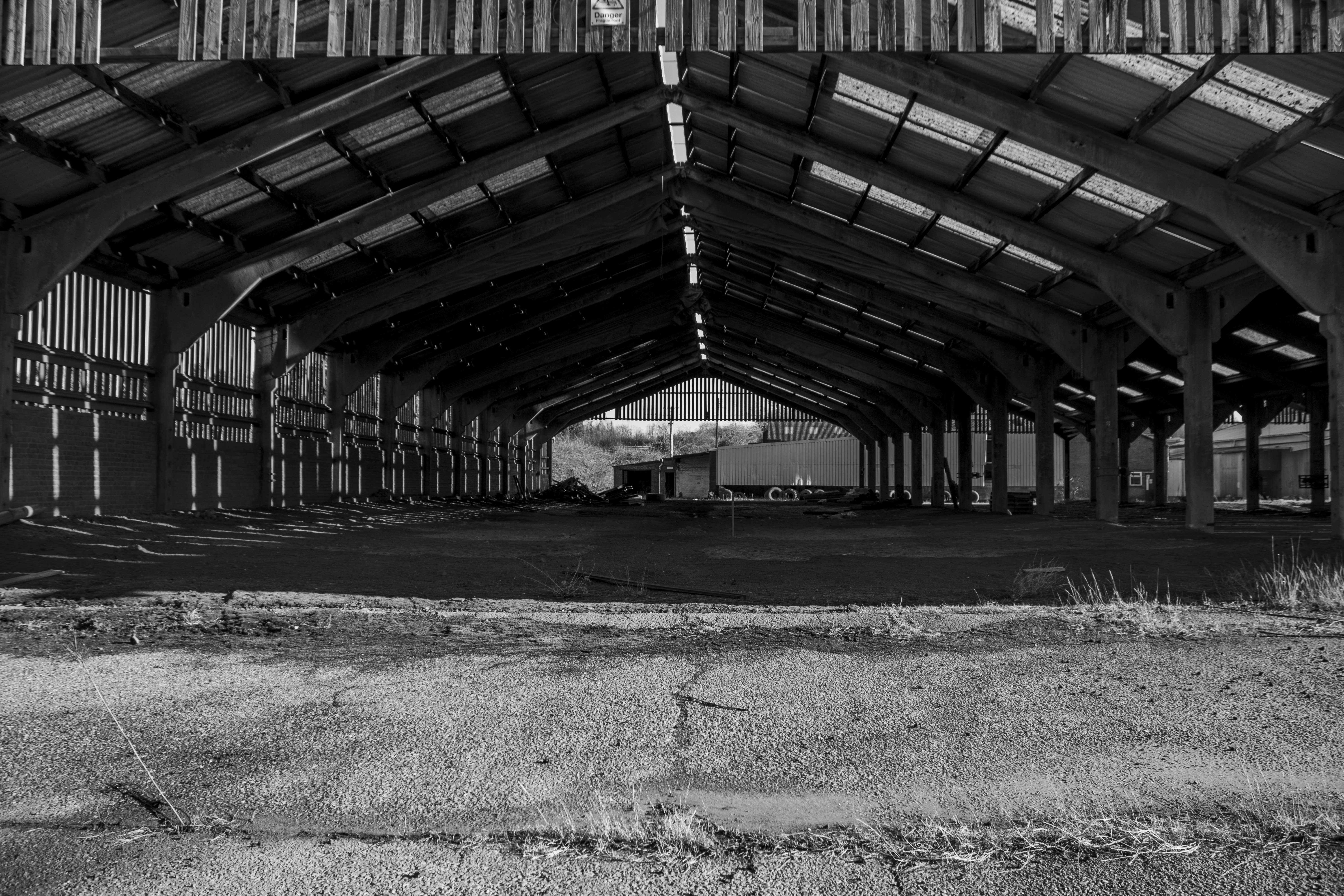
A Legacy Fired in Clay
The origins of the West Hoathly brickworks date back to the late 19th century, when the abundance of Wadhurst Clay in the High Weald made this an ideal location for traditional brick production. For well over a century, bricks were produced using clamp-firing—a time-honoured technique where bricks were stacked into massive heaps, surrounded by combustible materials, and fired over several days.
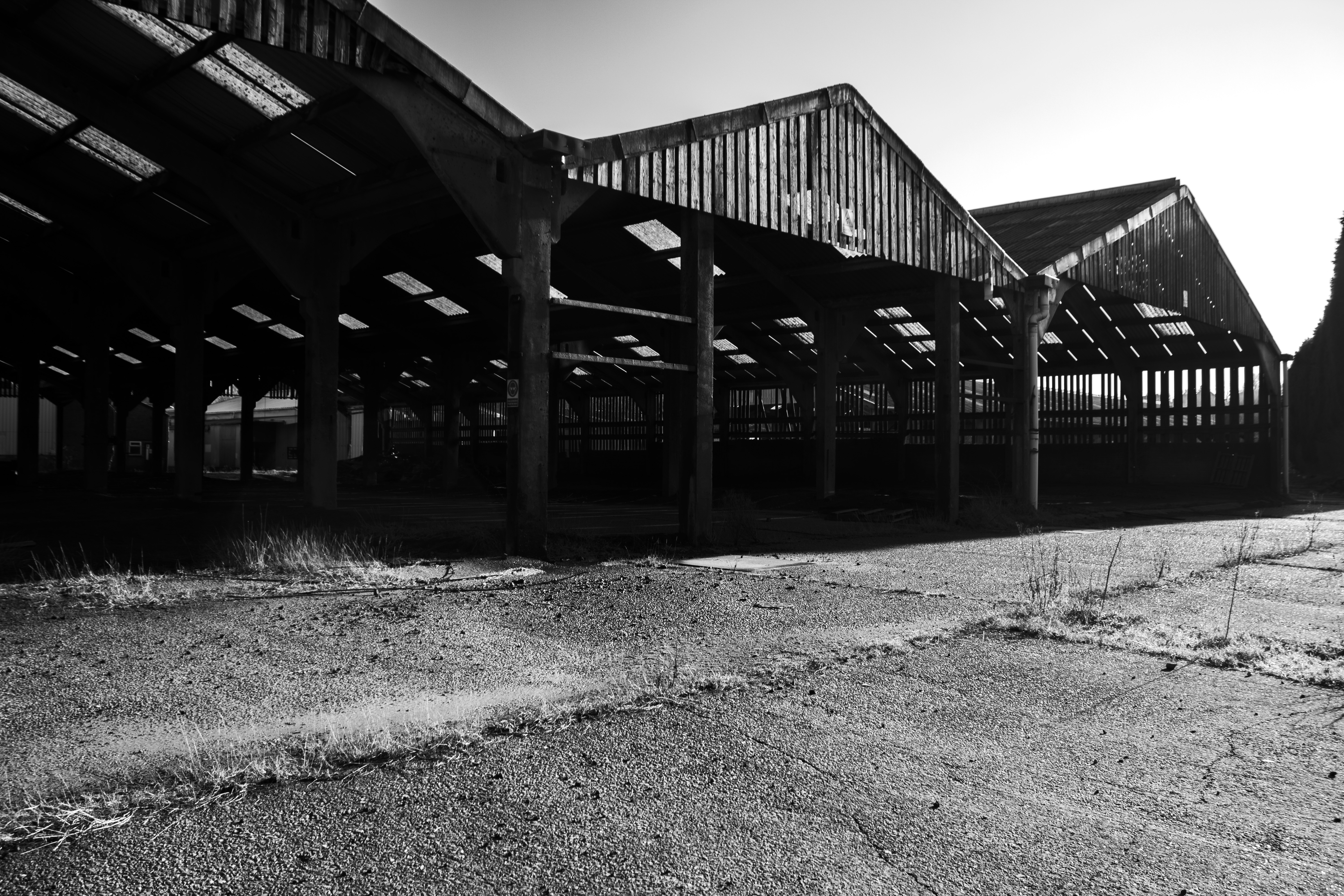
This low-tech, high-skill process created bricks with remarkable character—varying colours, surface markings, and textures born from ash, heat, and mineral content. The results were striking: warm, earthy tones that ranged from golden browns to dark reds and deep greys. These bricks became highly prized across the South East for their durability and visual charm.
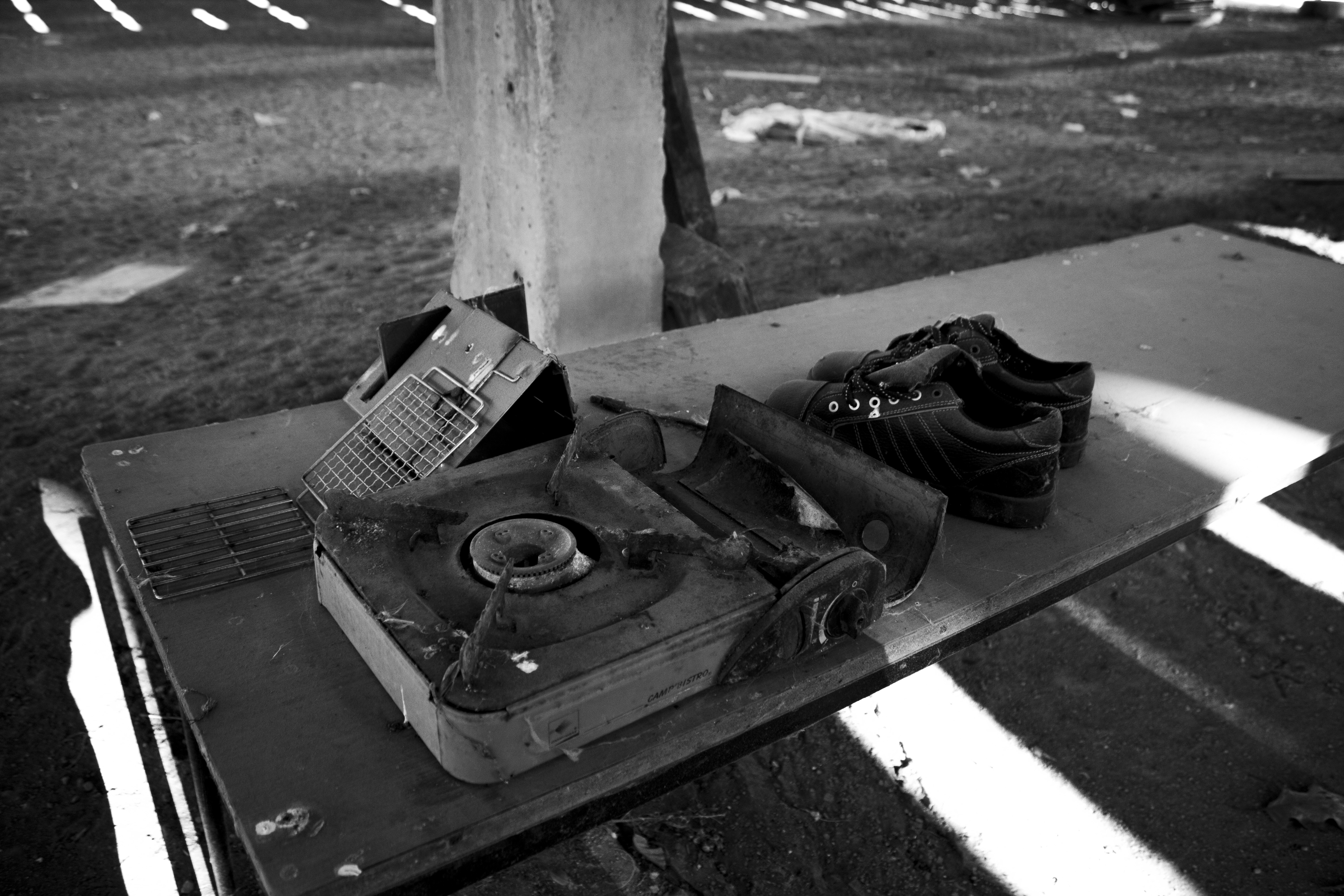
Bricks from West Hoathly were sold under a range of names, including West Hoathly Medium Multi Stock, Dark Multi Stock, and the Sharpthorne Mixture. Even today, their aesthetic appeal continues to influence modern architectural supply and restoration projects.
The Last Firing
The site remained operational until around 2020, when brick production ceased as part of a wider industry downturn. Like many traditional manufacturing operations, it faced the dual pressures of rising costs and changing demand. The pandemic served as a final blow, and soon after, the factory was closed, its kilns cold for the last time.
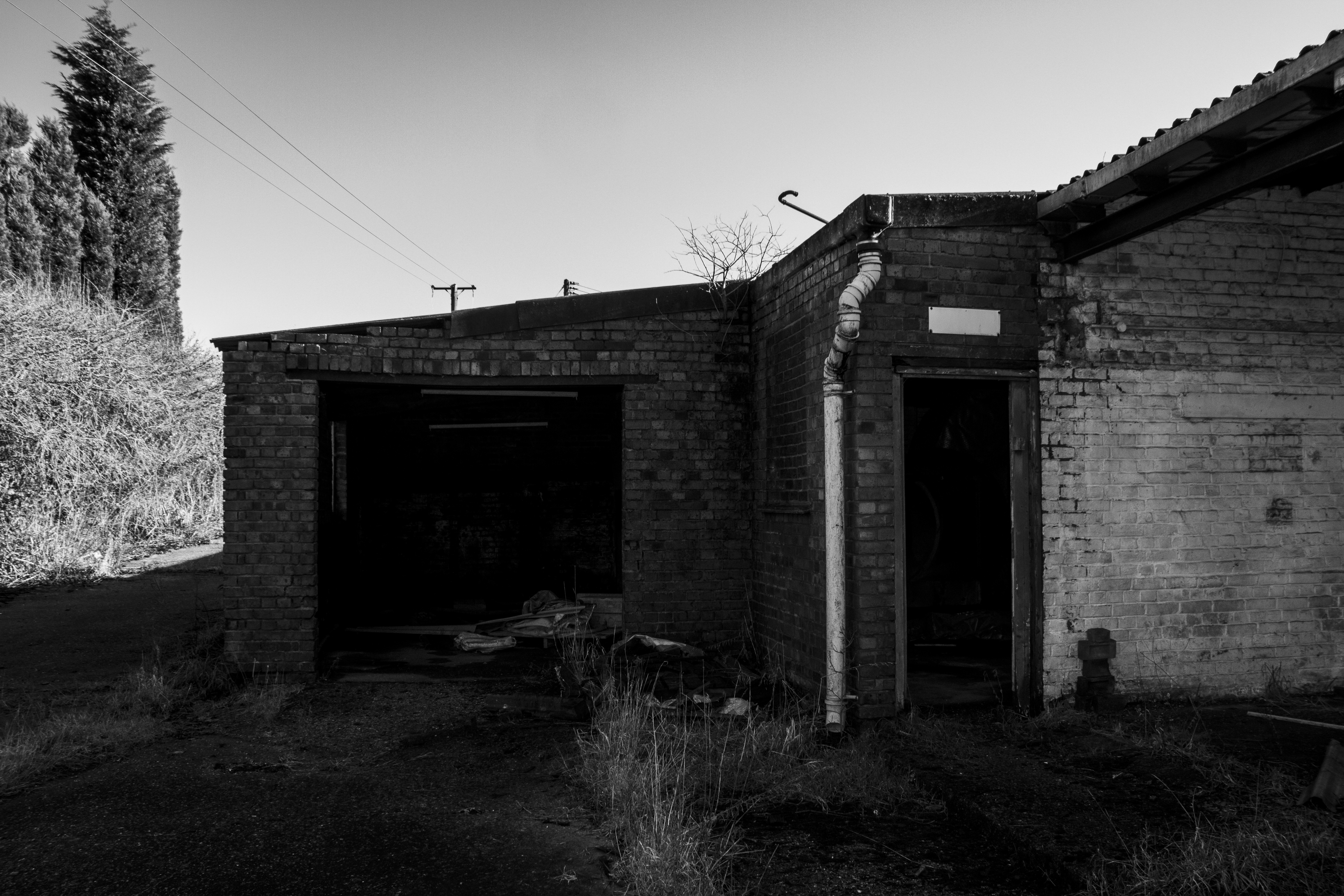
By 2021, the site was dormant. In subsequent years, it was sold off, and plans were drawn up to transform the sprawling complex into a new residential development of over 100 homes. Now, its iconic clamp-firing heritage lies buried beneath rusted frames and collapsing sheds.
Exploring the Site
Today, the remains of Ibstock Brickworks feel almost otherworldly. Roofs have partially collapsed. Ivy snakes its way across crumbling walls. Graffiti marks the skeletal structures where men once toiled and furnaces once roared. You can still make out the outlines of old clamp kilns—long trenches where thousands of bricks were slowly baked to perfection.
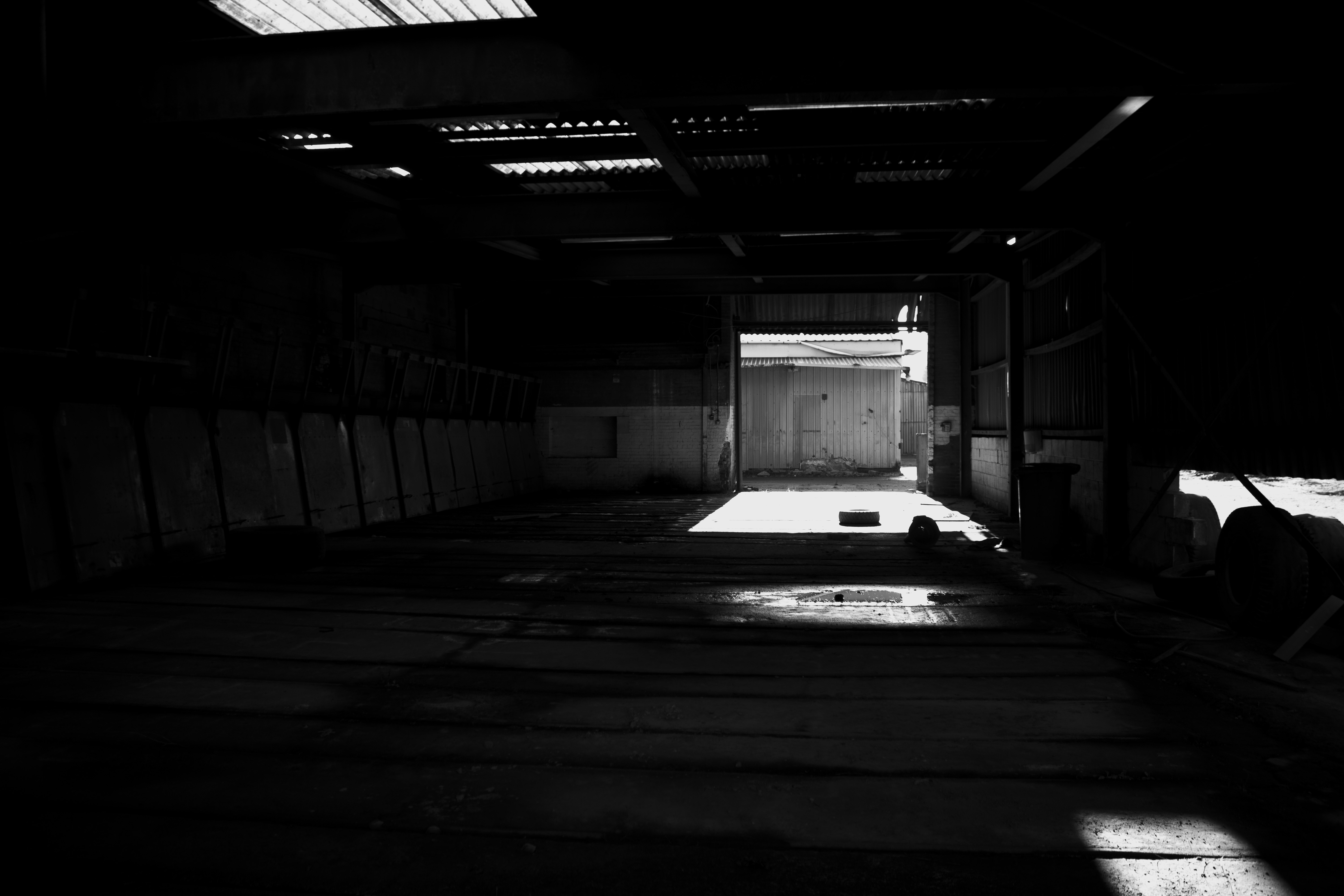
Amid the wreckage are clues to its industrial past: metal gantries, rusted hoppers, and broken conveyors. And scattered across the site, forgotten bricks lie in heaps, their unique colours and textures telling tales of clay and fire.
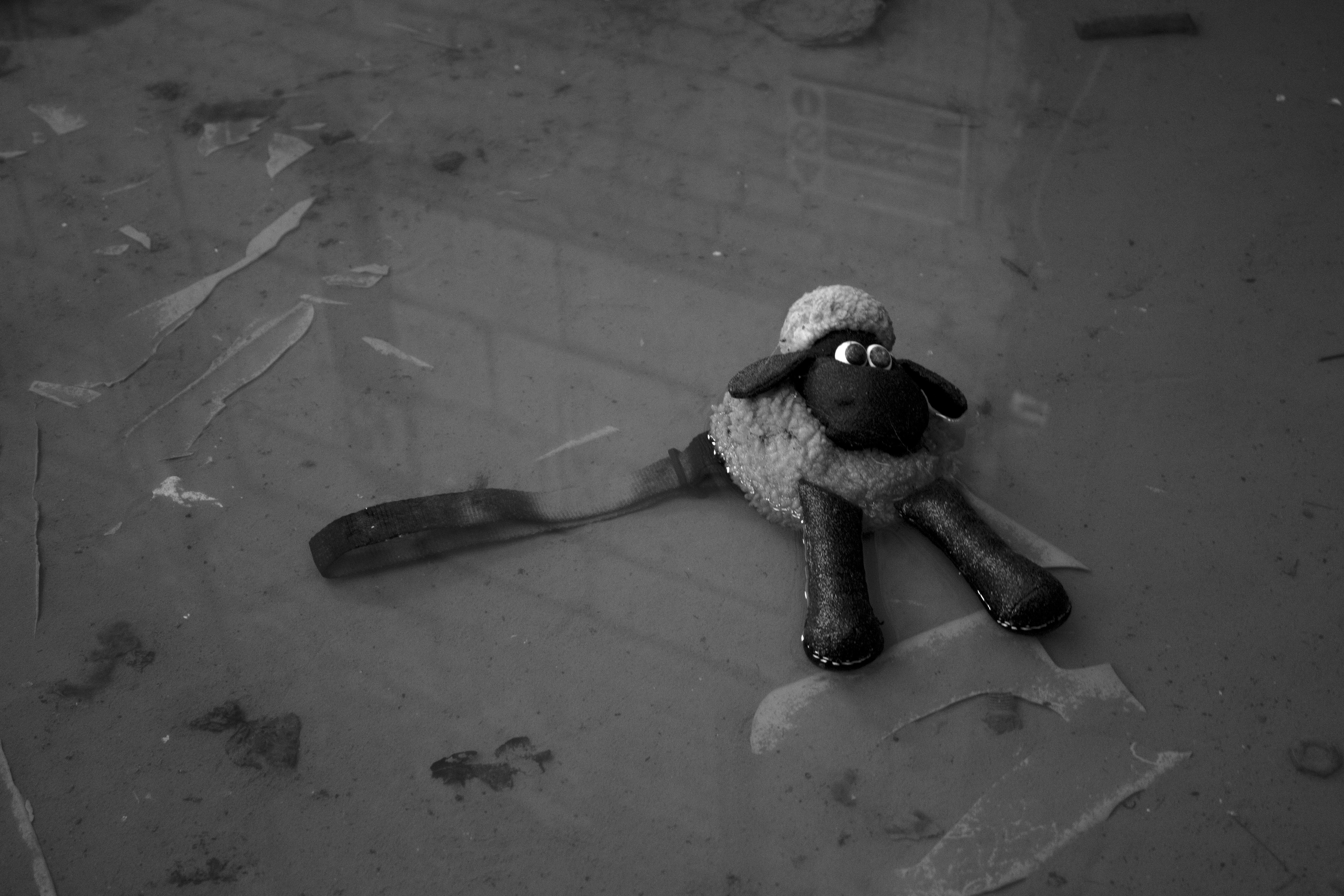
Why It Matters
Ibstock Brickworks was never just a factory. It was a place where material met tradition, where geology shaped architecture, and where generations of workers passed on skills rooted in the land beneath their feet. The bricks made here built homes, walls, schools, and public buildings across Sussex and beyond.

Though the methods may now be obsolete, the cultural and architectural significance of sites like West Hoathly can’t be overstated. They serve as physical remnants of how communities lived, worked, and shaped the environment around them.
The Inevitable Future
The site is currently in transition. Plans are well underway for redevelopment, and before long, the rusting frames and weed-strewn paths will likely give way to modern homes. Some brickwork may be preserved. Most of it won’t.
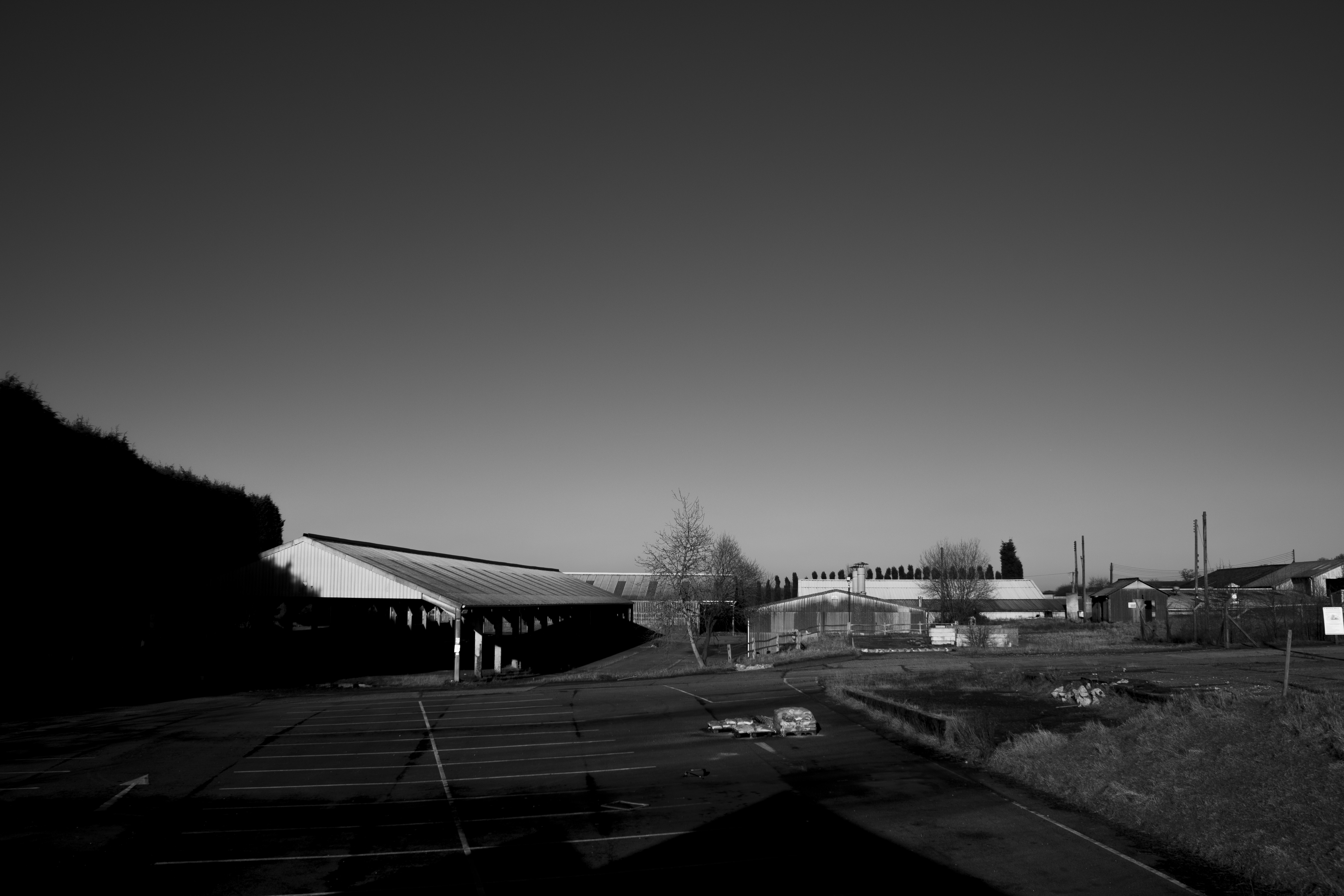
That makes photographs and exploration of this site all the more vital. Every image, every story shared, adds to a living archive of what once stood here.
Visiting Notes
Location: Hamsey Road, Sharpthorne, West Sussex
Condition: Abandoned and structurally unsafe.
Access: Private land—use caution and avoid trespassing where prohibited.
Best time to explore: Early morning mist or overcast days for atmosphere.
Final Reflection
Ibstock Brickworks at West Hoathly may be crumbling, but it leaves behind a legacy quite literally set in stone. These bricks, forged in local clay and fired with care, are scattered across towns and villages as part of the built landscape of the South East.
To step inside the ruins today is to step into the past—into a quieter, smokier time when craftsmanship mattered more than mass production, and where the earth itself became shelter, boundary, and beauty.